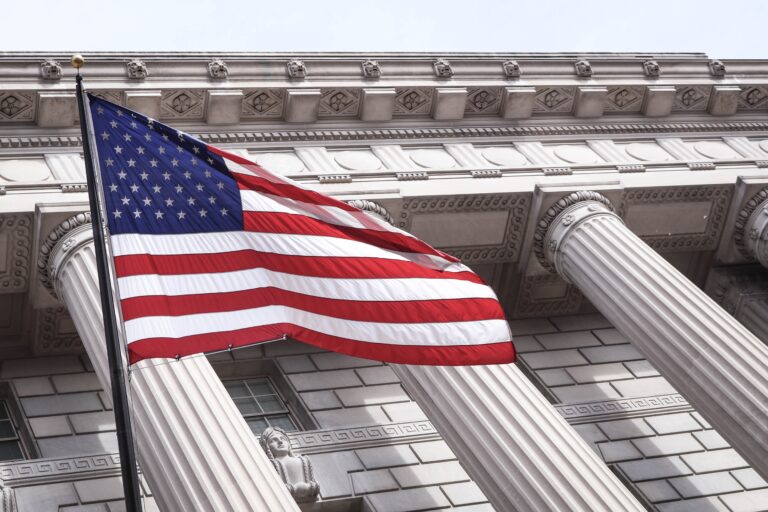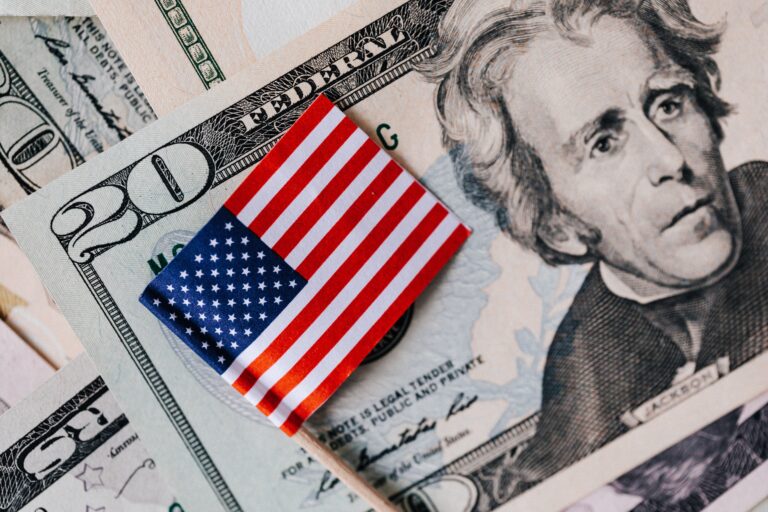
Dovish Canadian Bank – Part 1
Discussion and Analysis by Charles Porter:
Hawkish monetary policy rhetoric has enveloped financial markets, and particularly currency markets, over the past couple of weeks. High volatility has prevailed, even within the most developed currencies. The Bank of Canada was the exclusive major developed economy to have ‘walked the walk’, and raise interest rates earlier this month. This article analyses Bank of Canada Governor Stephen Poloz’s St John’s Board of Trade speech today and its impact upon the Canadian Dollar.
Canada was arguably not the most likely candidate for a rate hike decision during their September meeting. The main reasoning behind this belief is the low rate of inflation within the Canadian economy preceding the date of the decision. Moreover, low inflation is thought to be generated from the relative price decrease in imported goods.
The price of imported goods has fallen because the strength of the Canadian dollar has increased sharply, by over 12% against the US Dollar, since May through to early September this year. The US economy is Canada’s main trading partner, both in terms of exports and imports, dominating both sides of the currency account balance. Therefore, the price of Canadian exports from the perspective of the US Dollar has risen dramatically, putting downward pressure on the demand for Canadian good outside of its borders. This will spill over into aggregate demand and ultimately economic performance and growth.
A hawkish monetary policy decision, one in this case to raise and tighten interest rates, will cause an inflow of money into the domestic currency. Money enters the economy due to the higher rate of return and increased reward for saving. This effect causes a simultaneous appreciation of the Canadian Dollar because currency pairs will clear at higher rate according to the increased demand for money. Therefore, an interest rate hike would appear to be the Canadian economy shooting itself in the foot!
Indeed, at the time, perhaps the only macroeconomic indicator in favour of a rate hike was the economic growth performance, as measured by Gross Domestic Product. However, economic growth does not need to be curtailed through monetary policy if it does not manifest as inflationary pressure, or unsustainable growth. If economic growth is either organically insulated from macroeconomic (or microeconomic-bubble) spill overs, it may be allowed to continue, unconstrained. Therefore, given the non-inflationary rapid and sustainable growth within Canada, the decision to harm the exchange rate for exporters, amidst lower general inflation, is surprising.
Having contextualised the Canadian macroeconomy, Part Two of this article analyses the fall in the Canadian Dollar that we witnessed whilst Poloz spoke.
Related Insights

Daily Brief – A weaker Dollar: Trump vs. Powell
A weaker Dollar: Trump vs. Powell The Dollar continued to lose ground yesterday as the truce between Israel and Iran appeared to continue to hold. There has been a noticeable return to focus upon macro and monetary influences in major currency pairs. Yesterday, Fed Chair Jay Powell provided his semi-annual monetary policy report before the […]

Daily Brief – Whiplash
Whiplash A highly volatile start to yesterday’s trading session saw a flight to safety in markets. Despite the Dollar having lost much of its appeal as a safe haven lately, there was still an identifiable USD bid prior to and during the European open. We have identified recently how markets have clearly differentiated between general […]

Daily Brief – Top Trumps
Top Trumps Geopolitical risks are outweighing macroeconomic fundamentals in today’s markets. We can see this very clearly from the muted reactions in price being generated from major macro events including data and interest rate decisions. The same holds true of the Fed’s interest rate decision where markets barely blinked at a Fed that had changed […]


 Charles Porter
Charles Porter